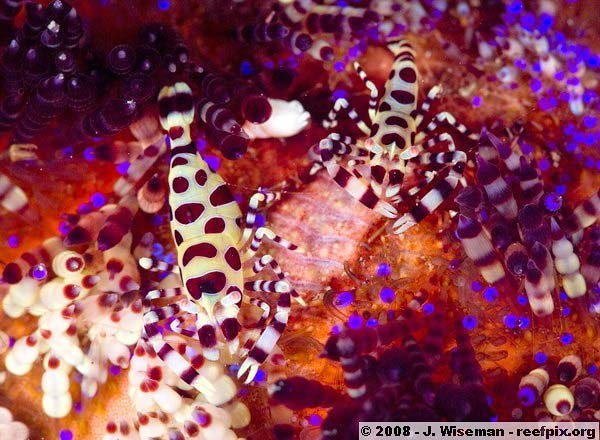The Philippine Department of Tourism is actively inviting top underwater photographers and dive tour operators from around the world to their reefs. The initiative’s goal is to promote the Philippines as the preeminent diving/underwater photography location in the world. According to Philippine’s Tourism Secretary, Alberto Lim:
“It’s still a small market but it’s growing. We have only a few number of photographers yet; We’re still working on it. We’re trying to promote a very specialized type of diving and we’re starting now. We will make people realize that we have the best dive sites in the world.”
As governments realize the monetary value of conserving their natural habitats, eco-tourism has gained a lot of traction over the years. Eco-tourism brings in significant revenue while educating travelers and funding ecological conservation.
Here are highlights of the biodiversity found in The Coral Triangle, according to wikipedia:
- Reef building corals
- The Coral Triangle comprises the highest coral diversity in the world: 76% (605) of the world’s coral species (798).
- The highest coral diversity is found in the waters of the Bird’s Head Peninsula of Indonesian Papua, which hosts 574 species (95% of the Coral Triangle’s total, and 72% of the world’s). Within the Bird’s Head Peninsula, Raja Ampat is the world’s coral diversity bull’s eye, with 553 species.
- The Coral Triangle has 15 regionally endemic coral species, and shares 41 regionally endemic species with Asia. Regional centers of endemism in the Coral Triangle include the Sulu Sea and North Lesser Sunda Islands/Savu Sea in Indonesia, and Milne Bay in Papua New Guinea.
- Coral Reef fishes
- The Coral Triangle has the highest diversity of coral reef fishes in the world: 37% (2,228) of the world’s coral reef fish species (6,000), and 56% of the coral reef fishes in the Indo-Pacific region (4,050).
- 8% (235 species) of the coral reef fishes in the Coral Triangle are endemic or locally restricted species. Within the Coral Triangle, four areas have particularly high levels of endemism (Lesser Sunda Islands, Papua New Guinea – Solomon Islands, Bird’s Head Peninsula, and Central Philippines).










0 Comments